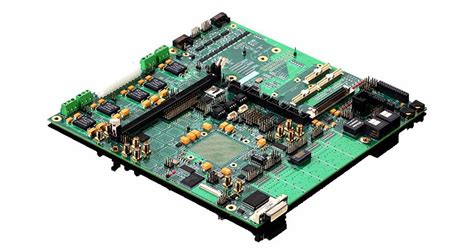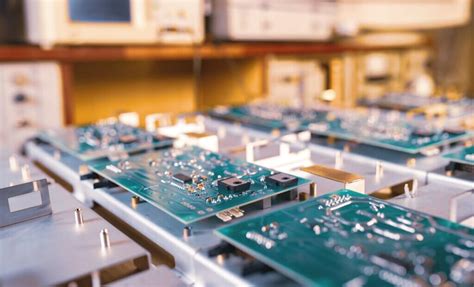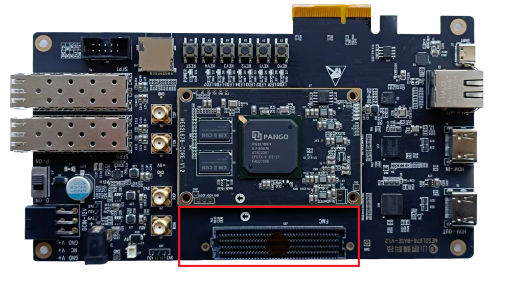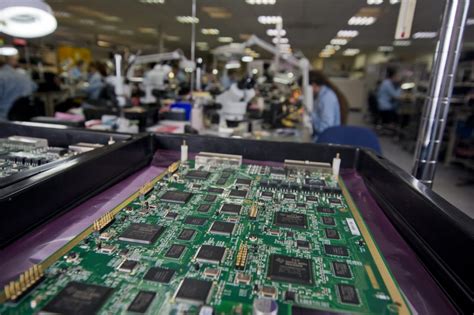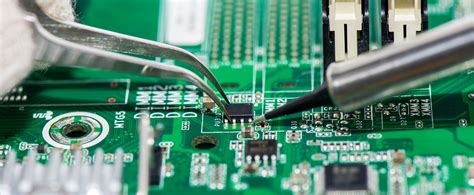Five major PCB design problems and solutions
The 20H principle refers to the power layer being retracted 20H relative to the ground layer. H represents the distance between the power layer and the ground layer, and of course it is also to suppress the edge radiation effect.
Electromagnetic interference will be radiated outward at the edge of the board – the power layer is retracted so that the electric field is only conducted within the range of the ground layer, which effectively improves EMC. If it is retracted 20H, 70% of the electric field can be confined to the ground edge; if it is retracted 100H, 98% of the electric field can be confined.
We require that the ground plane is larger than the power or signal layer, which is conducive to preventing external radiation interference and shielding external interference to itself. Generally, when designing a PCB, retracting the power layer 1mm relative to the ground layer can basically meet the 20H principle.

How to reflect the 3W principle and the 20H principle in PCB design?
First, the 3W principle is easy to reflect in PCB design. Just ensure that the center spacing between traces is 3 times the line width, such as the line width of the trace is 6mil. Then in order to meet the 3W principle, set the line-to-line rule in Allegro to 12mil. The spacing in the software is the edge-to-edge spacing, as shown in the figure:
Second, the 20H principle. When designing PCB, in order to reflect the 20H principle, we generally shrink the power layer 1mm more than the ground layer when dividing the plane layer. Then make a shielding ground via in the 1mm shrinking band, 150mil each.
What are the categories of signal lines in PCB and what are the differences?
There are two types of signal lines in PCB: microstrip lines and strip lines.
Microstrip line: It is a strip-shaped line that runs on the surface layer (microstrip) and is attached to the surface of the PCB. The blue part is the conductor, the green part is the insulating dielectric of the PCB, and the blue block on it is the microstrip line.
Since one side of the microstrip line is exposed to the air, it can radiate to the surroundings or be interfered by the surrounding radiation, and the other side is attached to the insulating dielectric of the PCB, so part of the electric field it forms is distributed in the air, and the other part is distributed in the insulating dielectric of the PCB. However, the signal transmission speed in the microstrip line is faster than that in the stripline, which is its outstanding advantage.
Stripline: It runs on the inner layer (stripline/double stripline) and is buried in the PCB. The blue part is the conductor, the green part is the insulating dielectric of the PCB, and the stripline is a strip-shaped wire embedded between two layers of conductors.
Because the stripline is embedded between two layers of conductors, its electric field distribution is between the two conductors (planes) that wrap it, so it will not radiate energy and will not be interfered by external radiation. However, since it is surrounded by dielectrics (dielectric constant is greater than 1), the signal transmission speed in the stripline is slower than in the microstrip line.

What is EMC?
EMC is the abbreviation of Electro Magnetic Compatibility, which means electromagnetic compatibility. It refers to the ability of a device or system to work normally in its electromagnetic environment and not to cause electromagnetic disturbance to anything in the environment.
Sensor electromagnetic compatibility refers to the adaptability of the sensor in the electromagnetic environment, the ability to maintain its inherent performance and complete the specified functions. It includes two requirements: on the one hand, the electromagnetic interference generated by the sensor to the environment during normal operation shall not exceed a certain limit; on the other hand, the sensor shall have a certain degree of immunity to electromagnetic interference in the environment.
What are the design methods to distinguish analog ground from digital ground in PCB design?
Generally, there are several methods to handle analog ground and digital ground:
Directly separate, connect the ground of the digital area to DGND in the schematic diagram, and connect the ground of the analog area to AGND, then divide the ground plane in the PCB into digital ground and analog ground, and increase the spacing;
- Connect the digital ground and analog ground with magnetic beads;
- Connect the digital ground and analog ground with capacitors, and use the principle of capacitor blocking direct current and passing alternating current;
- Connect the digital ground and analog ground with inductors, and the inductance value ranges from uH to tens of uH;
Connect the digital ground and analog ground with zero ohm resistors.
In summary, capacitors block direct current and pass alternating current, resulting in floating ground. If the capacitor does not pass direct current, it will cause pressure difference and static electricity accumulation, and touching the case will be numb. If the capacitor and magnetic beads are connected in parallel, it is superfluous, because the magnetic beads pass direct current and the capacitor will fail. If connected in series, it will look neither fish nor fowl.
The inductor is large in size, has many stray parameters, unstable characteristics, and is difficult to control discrete distribution parameters and large in size. Inductors are also traps, and LC resonance (distributed capacitance) has a special effect on noise.
The equivalent circuit of magnetic beads is equivalent to a band-stop trap, which only suppresses noise at a certain frequency. If the noise cannot be predicted, how to choose the model? Moreover, the noise frequency is not necessarily fixed, so magnetic beads are not a good choice.
0 ohm resistors are equivalent to very narrow current paths, which can effectively limit loop currents and suppress noise. Resistors have attenuation effects on all frequency bands (0 ohm resistors also have impedance), which is stronger than magnetic beads.
In short, the key is to connect analog ground and digital ground at one point. It is recommended to connect different types of ground with 0 ohm resistors; use magnetic beads when introducing power to high-frequency devices; use small capacitors for coupling high-frequency signal lines; and inductors are used for high-power low-frequency.

